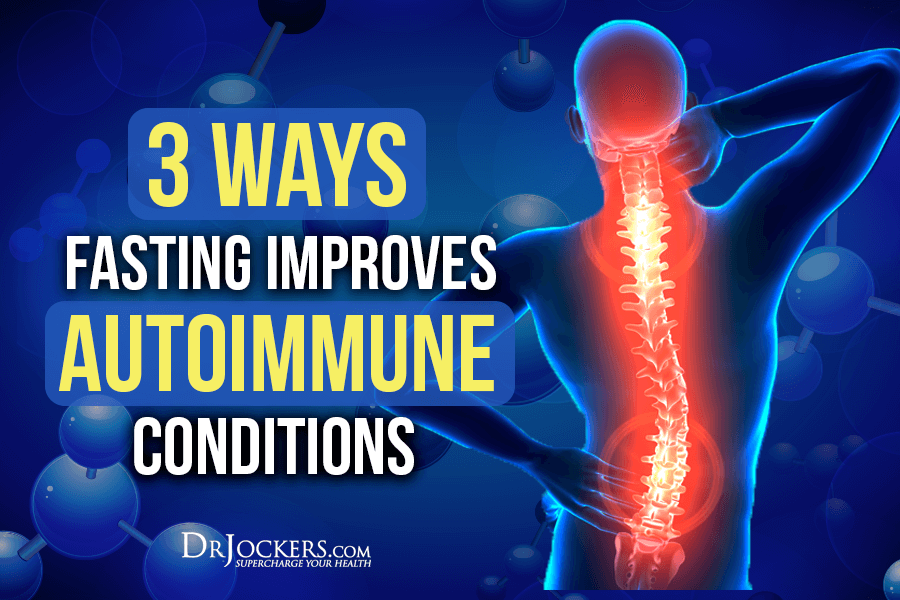How Much Should You Exercise?
By Chauncey Crandall, M.D.
In November 2018, the U.S. Department of Health and Human Services (HHS) issued its latest exercise recommendations for adults — the first time those guidelines have been updated in 10 years.
The guidelines recommend that people perform at least 150 minutes (two hours and 30 minutes) per week of moderate-intensity exercise, or 75 minutes (one hour and 15 minutes) of vigorous activity, or a combination of moderate and vigorous activity. Muscle-strengthening exercise twice a week affords additional health benefits.
Special: Doctors Witness Amazing Joint Pain Changes
In addition, although it was previously believed that only sustained exercise of 10 minutes or longer conferred benefits, it’s now understood that any activity, for no matter what duration, counts.
Exercise has the following benefits:
• Lessens your chance of developing coronary heart disease by cutting risk factors such as high blood pressure, elevated cholesterol, triglycerides, and obesity
• Reduces heart attack risk
• Strengthens the heart and improves lung function
• Elevates mood and reduces stress
• May reduce the risk of some forms of cancer
• Improves sleep
• Reduces levels of C-reactive protein and other markers of inflammation in your body, which can lead to heart disease and other ailments
By Chauncey Crandall, M.D.
In November 2018, the U.S. Department of Health and Human Services (HHS) issued its latest exercise recommendations for adults — the first time those guidelines have been updated in 10 years.
The guidelines recommend that people perform at least 150 minutes (two hours and 30 minutes) per week of moderate-intensity exercise, or 75 minutes (one hour and 15 minutes) of vigorous activity, or a combination of moderate and vigorous activity. Muscle-strengthening exercise twice a week affords additional health benefits.
Special: Doctors Witness Amazing Joint Pain Changes
In addition, although it was previously believed that only sustained exercise of 10 minutes or longer conferred benefits, it’s now understood that any activity, for no matter what duration, counts.
Exercise has the following benefits:
• Lessens your chance of developing coronary heart disease by cutting risk factors such as high blood pressure, elevated cholesterol, triglycerides, and obesity
• Reduces heart attack risk
• Strengthens the heart and improves lung function
• Elevates mood and reduces stress
• May reduce the risk of some forms of cancer
• Improves sleep
• Reduces levels of C-reactive protein and other markers of inflammation in your body, which can lead to heart disease and other ailments
































